Save Britain's Heritage reveal the crumbling Yorkshire buildings they've added to their At Risk register
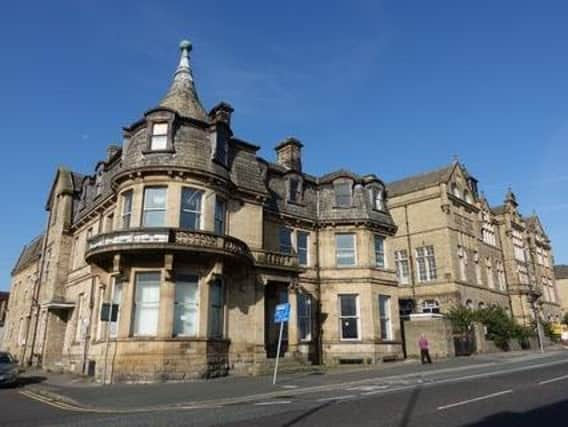

A number of derelict sites in Sheffield, Bradford and Halifax are now considered under threat of being unsympathetically developed or even demolished and lost forever.
The new entries to the 2021 register have been suggested by conservation officers and members of the public.
Advertisement
Hide AdAdvertisement
Hide AdThe charity hopes to raise awareness of the plight of disused and neglected heritage assets in the hope that they can be saved and repurposed.
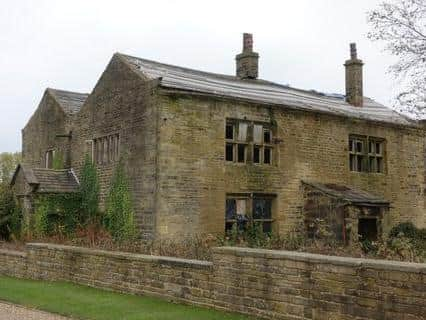

Several of the new additions to the register have been released this week, with more to follow - including a building on the Castle Howard estate - at a virtual unveiling event on November 18.
SAVE officer Liz Fuller said: “Holding on to our heritage through the buildings that we love is essential in times of change and upheaval. Now more than ever, focus on preserving our historic buildings and finding them new uses can generate optimism and faith in the future.”
Sheffield
In Sheffield, the new entries include the former Middlewood Church, on the city's northern edge. It was the chapel attached to Middlewood Hospital, a Victorian lunatic asylum which closed in 1996, and is now the last surviving part of the hospital complex. Built in the 1870s, it is now disused and in very poor condition. The interiors have been stripped and all fittings removed, but it stands in leafy grounds and could be brought back into use for a number of purposes.
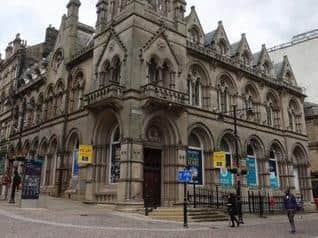

Advertisement
Hide AdAdvertisement
Hide AdIn the city's industrial areas, the Don Cutlery Works are included as one of the last surviving examples of Sheffield's metal craftsmanship heritage. The Works are Grade II-listed and were built in the 19th century for cutlery manufacturers Southern and Richardson, who moved out in 1910. The workshop has been vacant for 20 years, but there have been few alterations since it was built.
The cottage, barn, stables and coach house from the old Norwood Grange estate are distinctive for their rural character in a relatively urban area of northern Sheffield. They are Grade II-listed and were built when the land was surrounded by open fields rather than housing. Norwood Grange was the home of a metal manufacturer, and survives today, though the house itself is not listed.
Two old workers' cottages on Mowbray Street in Kelham Island - an area which has regenerated spectacularly in recent years - have been included as rare examples of their kind. Described as 'wretched-looking', they are listed and managed to escape post-war slum clearances in Kelham Island. They were built in 1850 for workers in the foundries nearby, with a single room on each of the three floors and a narrow yard.
Loxley Chapel is a substanstial Grade II-listed chapel built in 1787 that boasts a Venetian window and an impressive interior with a gallery. In 2016 a fire almost destroyed the building and it is now a skeleton. The burial ground next to it is the resting place of many local families.
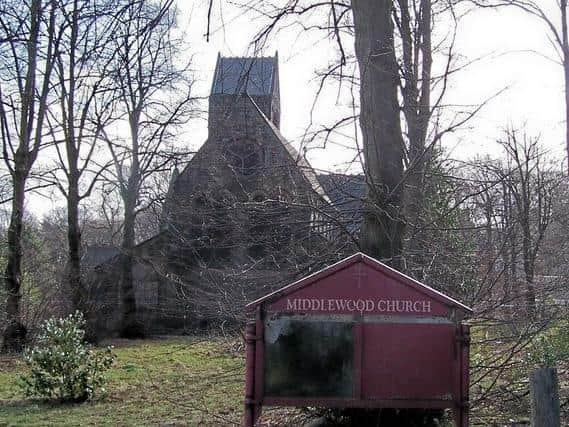

Bradford
Advertisement
Hide AdAdvertisement
Hide AdOne of the most intriguing inclusions is Sunwin House in Bradford, which was once one of the city's landmark department stores. It dates from 1935 and was originally a flagship Co-op store with pioneering escalators for customers. Latter tenants TJ Hughes moved out in 2011, leaving the unit empty though it was Grade II-listed in 2006. Plans to convert it into a cultural hub fell through and its future is uncertain.
The old National Westminster Bank on Hustlergate tells another story of city centre decline. It was built in 1867 for Bradford Commercial Bank, and has been empty since Natwest left in 2017. It is an example of gothic revival architecture with a medieval French theme, and it has balconies, a square tower and a stepped entrance.
Many of Bradford's old woollen mills have been successfully converted, but Whetley Mills remains underdeveloped. The worsted mill dates back to 1863 when it was built for Illingworth & Sons, and there are many listed buildings within the complex, including the chimney. Some parts are in use for light industry, but others, including the foreman's house, are derelict and crumbling.
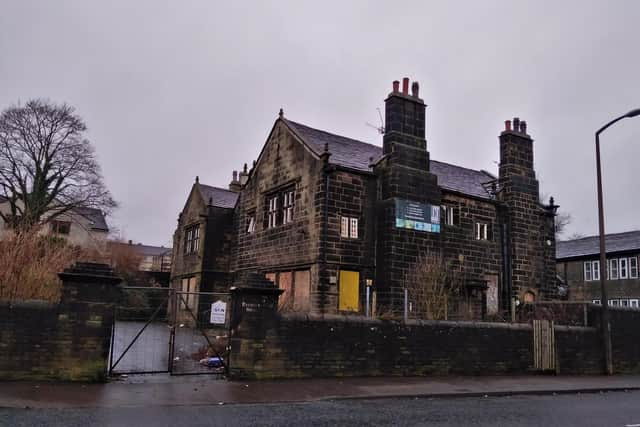

The old Belle Vue pub on Manningham Lane is described as a 'flamboyant' building that dates from 1874. It was originally a hotel and has French chateau-style features. It closed as a pub in 1994, and was an Islamic centre for several years before it ended up vacant.
Advertisement
Hide AdAdvertisement
Hide AdLeventhorpe Hall in Thornton is a 17th-century gem that is empty and in poor condition after plans to convert it into housing were never fulfilled.
Halifax
Ovenden Hall is another property from the 17th century. It was built in 1662 for wealthy cloth merchant Joseph Fourness, and is also on Historic England's Heritage At Risk register. One wing has been converted into housing, but the remainder is dilapidated and decaying.
Comment Guidelines
National World encourages reader discussion on our stories. User feedback, insights and back-and-forth exchanges add a rich layer of context to reporting. Please review our Community Guidelines before commenting.